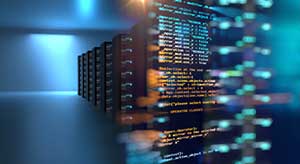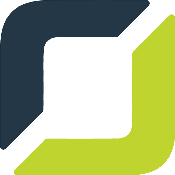Mobile SaaS Applications Software-as-a-Service (SaaS) is one of the most popular forms of cloud computing. This cloud-based service involves accessing an application via an internet browser instead of downloading software to a desktop PC or business network. SaaS is a complete software solution that can be purchased from a cloud service provider on a pay-as-you-go basis.
There are numerous advantages to using SaaS software, such as the use of free client software, access to sophisticated applications and the ability to gain app data anywhere. SaaS also makes it easy for businesses to mobilize their workforce allowing employees to use SaaS apps from any internet-enabled computer or mobile device.
Aspects Of SaaS Software
SaaS software is routinely used by businesses across the web. Some common examples include email, office tools and calendaring. This software solution goes by several names, such as web-based software, hosted software or on-demand software. Regardless of the name, a SaaS model occurs when a provider gives consumers network-based access to a copy of the application that the provider built specifically for SaaS distribution. The application then runs on the provider’s servers.
Here are just a few important aspects of SaaS:
Cloud-Based Software

However, cloud-based computing also has two other main components, including Platform-as-a-Service (PaaS) and Infrastructure-as-a-Service (IaaS). A SaaS-based application is any type of software that does not run on business premises and instead runs via a web browser and is hosted on the cloud.
Method Of Software Delivery
SaaS is a method of software delivery that allows businesses to deliver data to any device that has a web browser and an internet connection. With a web-based model, a software vendor hosts and maintains databases, services and the code that built the application. What makes SaaS different from traditional on-premise software delivery is that it does not require extensive hardware.
This allows buyers the choice to outsource certain IT responsibilities that are usually necessary to maintain and troubleshoot software in-house. On-premise users may also pay considerably more each year for support and maintenance fees which can add up over time.
Business Owner’s Handbook For SaaS Applications
Key Differences From Cloud Computing

However, with SaaS, users do not have to maintain physical servers or cloud-based software applications. Instead, a subscription is paid to access an established software application via a web browser. This ensures that the user does not have the responsibility of maintaining software, although some customization functionalities may be lost.
No Extensive Hardware
In most cases, SaaS software does not require the use of any specialized hardware to host the software. This can save businesses money and eliminate the need to maintain hardware. Instead of using extensive hardware, the software provider maintains and hosts the code, databases and servers that are used for the applications.
The SaaS provider takes on the brunt of the responsibilities allowing businesses to focus on their core objectives. While hardware is not necessary, SaaS does rely on an excellent internet connection. There is always a possibility that an internet connection could go down; therefore, many SaaS vendors have developed “offline” functionalities as a precaution.
Paid With A Subscription Model

The subscription is usually paid on a monthly, quarterly or annual basis. Some vendors charge additional fees for support or maintenance, while others do not. However, most SaaS vendors do charge for a “premium” version which can be an added expense for businesses that desire these advanced services.
Work With An Experienced SaaS Software Development Company
The SaaS model can be highly advantageous for modern businesses. Users can log into a SaaS application from nearly anywhere and from any device. This offers a great deal of flexibility to businesses. There is no need for installations or updates and the SaaS vendor is responsible for handling the scaling up of the app. There are also cost savings when using SaaS software as this model cuts down on internal overhead and IT costs.
For more information about SaaS software or to speak with an experienced custom software development company, reach out to the professionals at Orases by calling 301.756.5527 or by scheduling a consultation online today.






